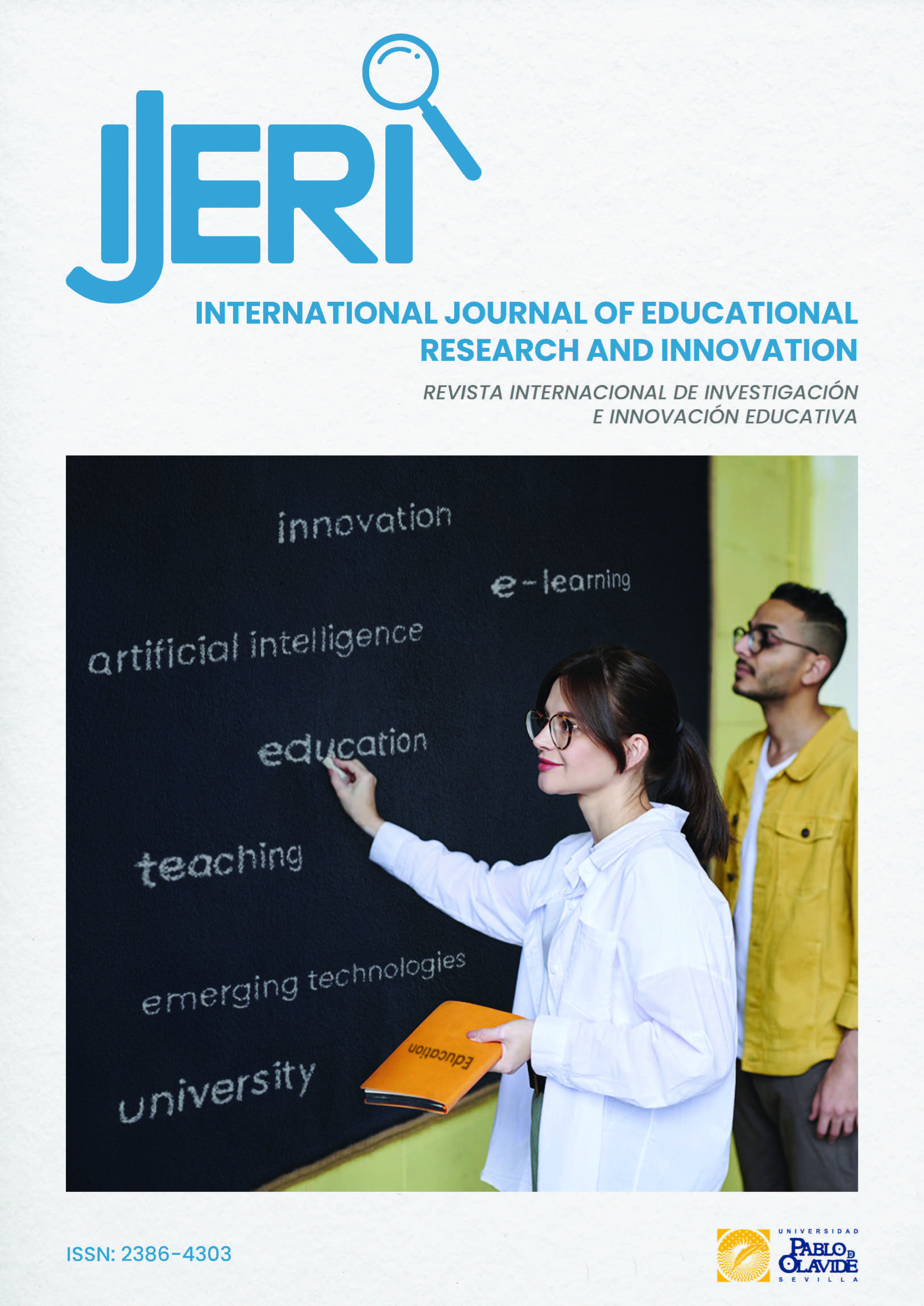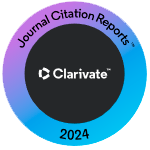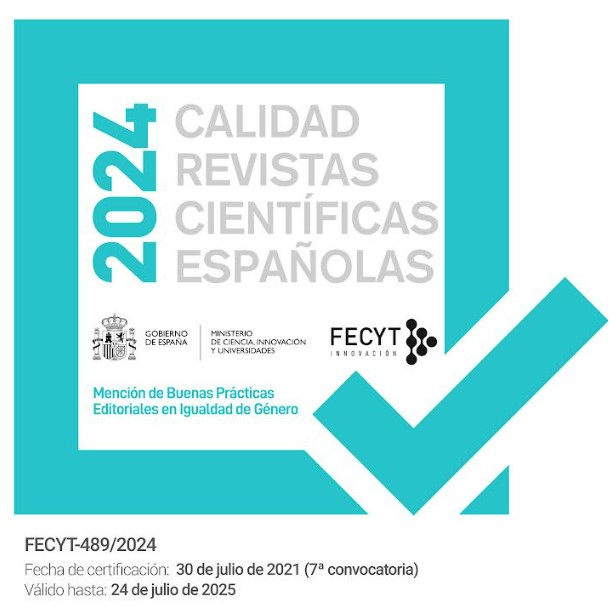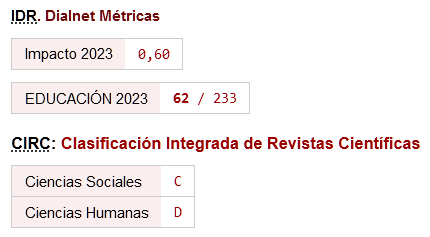Harnessing expired patents for social innovation
a challenge-based learning approach in engineering education
DOI:
https://doi.org/10.46661/ijeri.11769Keywords:
Innovation, expired patents, Challenge, Based Learning, intellectual property, Higher EducationAbstract
In an era of rapid technological advancement, the ability to innovate effectively is a critical competency. Patentes para Tod@s (Patents for All) project, supported by the European Engineering Learning Innovation and Science Alliance (EELISA), redefines innovation by emphasizing the potential of expired patents as a foundation for social progress. Implemented within the Concepts and Legal Aspects of Innovation course at Universidad Politécnica de Madrid, this initiative engages national and international students in repurposing existing inventions to address societal challenges.
Rooted in Challenge-Based Learning (CBL), the project bridges theoretical knowledge with hands-on application, equipping students with essential skills in intellectual property management, interdisciplinary collaboration, and problem-solving. Through structured teamwork and expert-led training, students analyze and modify expired patents, fostering an iterative approach to innovation. A comprehensive assessment framework —including student evaluations, expert interviews, and the Context, Input, Process, Product (CIPP model)— demonstrates the project's impact on enhancing creativity, professional competencies, and social responsibility.
Findings suggest that working with expired patents cultivates a deeper understanding of technological adaptation and sustainability, reinforcing the important role of higher education in fostering real-world innovation. Future iterations will refine training methodologies and collaborative structures to further maximize educational and societal benefits.
Downloads
References
Arora, A., & Gambardella, A. (2010). Chapter 15. The market for technology. Handbook of the Economics of Innovation, 1, 641-678. https://doi.org/10.1016/S0169-7218(10)01015-4
Bammer, G. (2013). Disciplining Interdisciplinarity: Integration and Implementation Sciences for Researching Complex Real-World Problems. ANU Press. https://library.oapen.org/bitstream/handle/20.500.12657/33556/1/459901.pdf. https://doi.org/10.26530/OAPEN_459901
Beckman, C. M., & Haunschild, P. R. (2002). Network Learning: The Effects of Partners' Heterogeneity of Experience on Corporate Acquisitions. Administrative Science Quarterly, 47(1), 92–124. https://doi.org/10.2307/3094892
Bessen, J. E., & Meurer, M. J. (2008). Patent failure: How judges, bureaucrats, and lawyers put innovators at risk. Princeton University Press. https://doi.org/10.1515/9781400828692
Binkley, M., Erstad, O., Herman, J., Raizen, S., Ripley, M., Miller-Ricci, M., & Rumble, M. (2012). Defining twenty-first century skills. In Assessment and Teaching of 21st Century Skills. Springer. https://doi.org/10.1007/978-94-007-2324-5_2
Black, P., & Wiliam, D. (1998). Assessment and classroom learning. Assessment in Education: Principles, Policy & Practice, 5(1), 7–74. https://doi.org/10.1080/0969595980050102
Bornstein, D., & Davis, S. (2010). Social Entrepreneurship: What Everyone Needs to Know. Oxford University Press. https://doi.org/10.1093/wentk/9780195396348.001.0001
Bresnahan, T. F., Greenstein, S. M. (1999). Technological Competition and the Structure of the Computer Industry. Journal of Industrial Economics, 47(1), 429–450. https://doi.org/10.1111/1467-6451.00088
Bringle, R. G., & Hatcher, J. A. (1996). Implementing service learning in higher education. Journal of Higher Education, 67(2),221-239. https://doi.org/10.1080/00221546.1996.11780257
Cepeda, N. J., Pashler, H., Vul, E., et al. (2006). Distributed practice in verbal recall tasks: A review and quantitative synthesis. Psychological Bulletin, 132(3), 354–380. https://doi.org/10.1037/0033-2909.132.3.354
Davenport, T. H., & Prusak, L. (1998). Working Knowledge: How Organizations Manage What They Know. Harvard Business Press.
Drucker, P. (1985). Innovation and Entrepreneurship: Practice and Principles. Harper & Row.
Doulougeri, K., Vermunt, J. D., Bombaerts, G., & Bots, M. (2024). Challenge‐based learning implementation in engineering education: A systematic literature review. Journal of Engineering Education, 113(4), 1076-1106. https://doi.org/10.1002/jee.20588
Eisenhardt, K. M. (1989). Building Theories from Case Study Research. Academy of Management Review, 14(4), 532–550. https://doi.org/10.5465/amr.1989.4308385
Eyler, J., & Giles Jr, D. E. (1999). Where is the Learning in Service-Learning? Jossey- Bass Higher and Adult Education Series. Jossey-Bass, Inc., 350 Sansome St., San Francisco, CA 94104.
Fleming, L. (2001). Recombinant Uncertainty in Technological Search. Management Science, 47(1), 117-132. https://doi.org/10.1287/mnsc.47.1.117.10671
Gallagher, S. E., & Savage, T. (2023). Challenge-based learning in higher education: an exploratory literature review. Teaching in higher education, 28(6), 1135-1157. https://doi.org/10.1080/13562517.2020.1863354
Gibbs, G., & Simpson, C. (2004). Conditions under which assessment supports students’ learning. Learning and Teaching in Higher Education, 1, 3–31. https://eprints.glos.ac.uk/id/eprint/3609
Gudykunst, W. B. (2004). Bridging differences: Effective intergroup communication (4th ed.). Sage Publications. https://doi.org/10.4135/9781452229706
Gupta, A. K., Sinha, R., Koradia, D., Patel, R., Parmar, M., Rohit, P., et al. (2003). Mobilizing grassroots' technological innovations and traditional knowledge, values and institutions: Articulating social and ethical capital. Futures, 35(9), 975–987. https://doi.org/10.1016/S0016-3287(03)00053-3
Hackman, J. R. (2002). Leading teams: Setting the stage for great performances. Harvard Business Press.
Hackman, J. R., & Oldham, G. R. (1976). Motivation through design of work: Test of a theory. Organizational Behavior and Human Performance, 16(2), 250–279. https://doi.org/10.1016/0030-5073(76)90016-7
Hattie, J., & Timperley, H. (2007). The power of feedback. Review of Educational Research, 77(1), 81–112. https://doi.org/10.3102/003465430298487
Helker, K., Bruns, M., Reymen, I. M., & Vermunt, J. D. (2025). A framework for capturing student learning in challenge-based learning. Active Learning in Higher Education, 26(1), 213-229. https://doi.org/10.1177/14697874241230459
Kaneko, A. (2023). Team Communication in the Workplace: Interplay of Communication Channels and Performance. Business and Professional Communication Quarterly, 88(2), 223-248. https://doi.org/10.1177/23294906231190584
Kolb, D. A. (1984). Experiential Learning: Experience as the Source of Learning and Development. Pearson FT Press.
Kohn Rådberg, K., Lundqvist, U., Malmqvist, J., & Hagvall Svensson, O. (2020). From CDIO to challenge-based learning experiences–expanding student learning as well as societal impact? European Journal of Engineering Education, 45(1), 22-37. https://doi.org/10.1080/03043797.2018.1441265
Larson, C. E., & LaFasto, F. M. J. (1989). Teamwork: What must go right/what can go wrong. Sage Publications.
Lerner, J., Seru, A., Short, N., & Sun, Y. (2021). Financial innovation in the 21st century: Evidence from US patents (No. w28980). National Bureau of Economic Research. https://doi.org/10.3386/w28980
Lin, J., & Chen, C. (2018). A study on the course types of challenge-based learning- Based on the relevant courses in Tsinghua University. In 2017 7th World Engineering Education Forum (WEEF) (pp. 166-172). IEEE. https://doi.org/10.1109/WEEF.2017.8467159
Lobato, J. (2024). Análisis y aplicación de patentes caducadas como herramienta para la innovación social en el tercer sector reto “Patentes para tod@s”. Final Degree Project. Universidad Politécnica de Madrid.
Membrillo-Hernández, J., Muñoz-Soto, R. B., Rodríguez-Sánchez, Á. C., Díaz-Quiñonez, J. A., Villegas, P. V., Castillo-Reyna, J., & Ramírez-Medrano, A. (2019, April). Student engagement outside the classroom: analysis of a challenge-based learning strategy in biotechnology engineering. In 2019 IEEE Global Engineering Education Conference (EDUCON) (pp. 617-621). IEEE. https://doi.org/10.1109/EDUCON.2019.8725246
Nicol, D. J., & Macfarlane-Dick, D. (2006). Formative assessment and self-regulated learning: A model and seven principles of good feedback practice. Studies in Higher Education, 31(2), 199–218. https://doi.org/10.1080/03075070600572090
OEPM (2020). Patentes y Modelos de Utilidad. https://www.oepm.es/es/invenciones/como-proteger-las-invenciones/conceptos-basicos
OEPM (2021). La Oficina Española de Patentes y Marcas. https://www.oepm.es/es/sobre-OEPM/
Page, S. E. (2007). Making the difference: Applying a logic of diversity. Academy of Management Perspectives, 21(4), 6-20. https://doi.org/10.5465/amp.2007.27895335
Ponce, O. A., Gómez-Galán, J., & Pagán-Maldonado, N. (2022). Qualitative research in education: revisiting its theories, practices and developments in a scientific-political era. IJERI: International Journal of Educational Research and Innovation, 18, 278-295. https://doi.org/10.46661/ijeri.5917
Prince, M. (2004). Does active learning work? A review of the research. Journal of Engineering Education, 93(3), 223-231. https://doi.org/10.1002/j.2168-9830.2004.tb00809.x
Radjou, N., Prabhu, J., & Ahuja, S. (2012). Jugaad innovation: Think frugal, be flexible, generate breakthrough growth. John Wiley & Sons.
Romero, G. H. (2022). Perspectiva estudiantil universitaria ante la práctica de valores en profesores. IJERI: International Journal of Educational Research and Innovation, 18, 132-150. https://doi.org/10.46661/ijeri.5453
Sadler, D. R. (1989). Formative assessment and the design of instructional systems. Instructional Science, 18(2), 119-144.
Servicio de Innovación Educativa de la UPM (2020). Guía de Aprendizaje Basado en Retos. Universidad Politécnica de Madrid. https://innovacioneducativa.upm.es/guias_pdi. https://doi.org/10.1007/BF00117714
Shute, V. J. (2008). Focus on formative feedback. Review of Educational Research, 78(1), 153-189. https://doi.org/10.3102/0034654307313795
Stufflebeam, D. L. (2000). The CIPP Model for Evaluation. In D. L. Stufflebeam, G. F. Madaus, & T. Kellaghan (Eds.), Evaluation Models (pp. 279–317). Springer. https://doi.org/10.1007/0-306-47559-6_16
Ting-Toomey, S. (2018). Communicating across cultures. Guilford Press. 2nd edition.
Toulmin, S. (2012). The Uses of Argument. Cambridge University Press. 2nd edition https://doi.org/10.1017/CBO9780511840005
Tushman, M. L., & O'Reilly, C. A. (1996). Ambidextrous organizations: Managing evolutionary and revolutionary change. California Management Review, 38(4), 8-30. https://doi.org/10.2307/41165852
West, M. A. (2012). Effective teamwork: Practical lessons from organizational research (3rd ed.). Wiley-Blackwell.
Woodside, A. G., & Wilson, E. J. (2003). Case Study Research Methods for Theory Building. Journal of Business & Industrial Marketing, 18(6/7), 493–508. https://doi.org/10.1108/08858620310492374
Yin, R. K. (2003). Case Study Research: Design and Methods (3rd ed.). Sage Publications.
Zysman, J., & Kenney, M. (2018). The next phase in the digital revolution: intelligent tools, platforms, growth, employment. Communications of the ACM, 61(2), 54-63. https://doi.org/10.1145/3173550
Published
How to Cite
Issue
Section
License
Copyright (c) 2025 Alberto Urueña López

This work is licensed under a Creative Commons Attribution-NonCommercial-NoDerivatives 4.0 International License.












